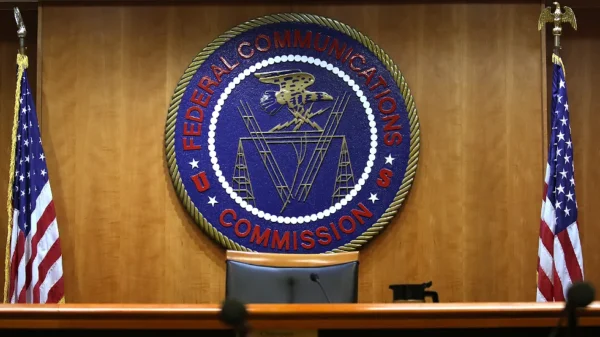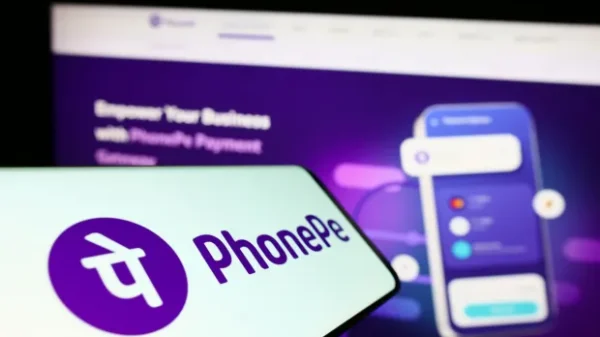Researchers at Aston University in the UK have achieved a groundbreaking data transfer rate of 301 terabits per second (301,000,000 megabits per second) through a single fiber optic cable. This astonishing speed is approximately 1.2 million times faster than the average American household’s broadband internet connection speed of 242 Mbps. The team’s accomplishment has set a new record for specific wavelength bands.
The breakthrough was made possible by accessing new wavelength bands in existing optical fibers that typically only utilize the C- and L-bands for data transmission. The international team of researchers constructed an innovative device called an optical processor, which enabled them to tap into the previously unused E- and S-bands.
Ian Phillips, the creator of the remarkable optical processor, explained that Aston University had been dedicating efforts over the past few years to developing optical amplifiers capable of operating in the E-band spectrum, adjacent to the C-band but roughly three times wider. “Before the development of our device, no one had been able to properly emulate the E-band channels in a controlled way,” Phillips stated.
Also Read – 25Mbps and 3Mbps are not ‘broadband’ speed – Federal Communications Commission

Dr. Ian Phillips | Image Source – Popsci
Remarkably, the team did not require any new, specialized fiber optic lines to accomplish this feat. “Broadly speaking, data was sent via an optical fiber like a home or office internet connection,” Phillips added. The outstanding achievement lies in the fact that most existing optical cables already possess the inherent capability to access the E- and S-bands but have lacked the necessary equipment to do so.
With further refinement and larger-scale implementation, this pioneering work could potentially revolutionize internet connectivity. Internet service providers may be able to drastically increase standard broadband speeds without overhauling their current fiber optic infrastructures, simply by leveraging the untapped wavelength bands through similar optical processing technology.
The research team’s breakthrough demonstrates the immense potential for technological advancements that can be unlocked by exploring innovative approaches to utilize existing resources more efficiently. This development could pave the way for a new era of ultra-high-speed internet accessibility worldwide.

















